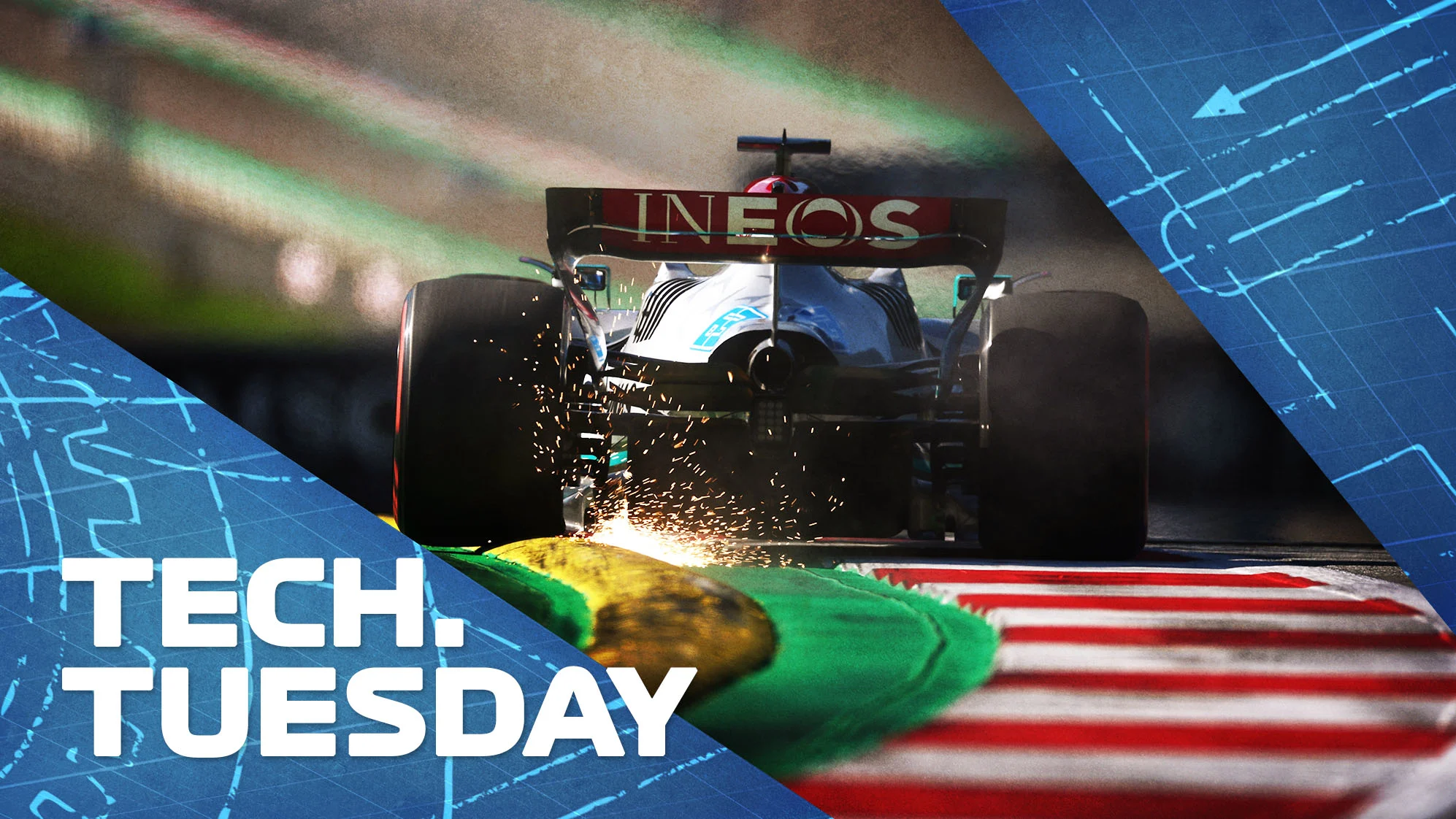From the Belgian Grand Prix, a newly expanded version of Technical Directive TD039 will be in force. This is an FIA Technical Directive first released to the teams in Canada regarding the measuring and monitoring of the vertical forces acting on the cars. This followed complaints from drivers about the physical effect of the aerodynamic bouncing on them.
Technical Directives outline how regulations will be applied, and as technology develops and the competitive push of teams takes development in directions which may not have been envisioned when regulations were written, so TDs are then used by the governing body to control developments.
READ MORE: FIA to introduce measures to control porpoising in the interest of safety
As well as measuring the force of the vertical accelerations through sensors already in the cars and establishing a threshold over which they cannot run, the FIA has sought to begin this process from a level playing field by stipulating the mounting method of the underfloor plank and the skid plates.
Currently there are at least two interpretations of how to meet the regulation defining the maximum flexibility of the plank. From Spa onwards, only one of these will be accepted.
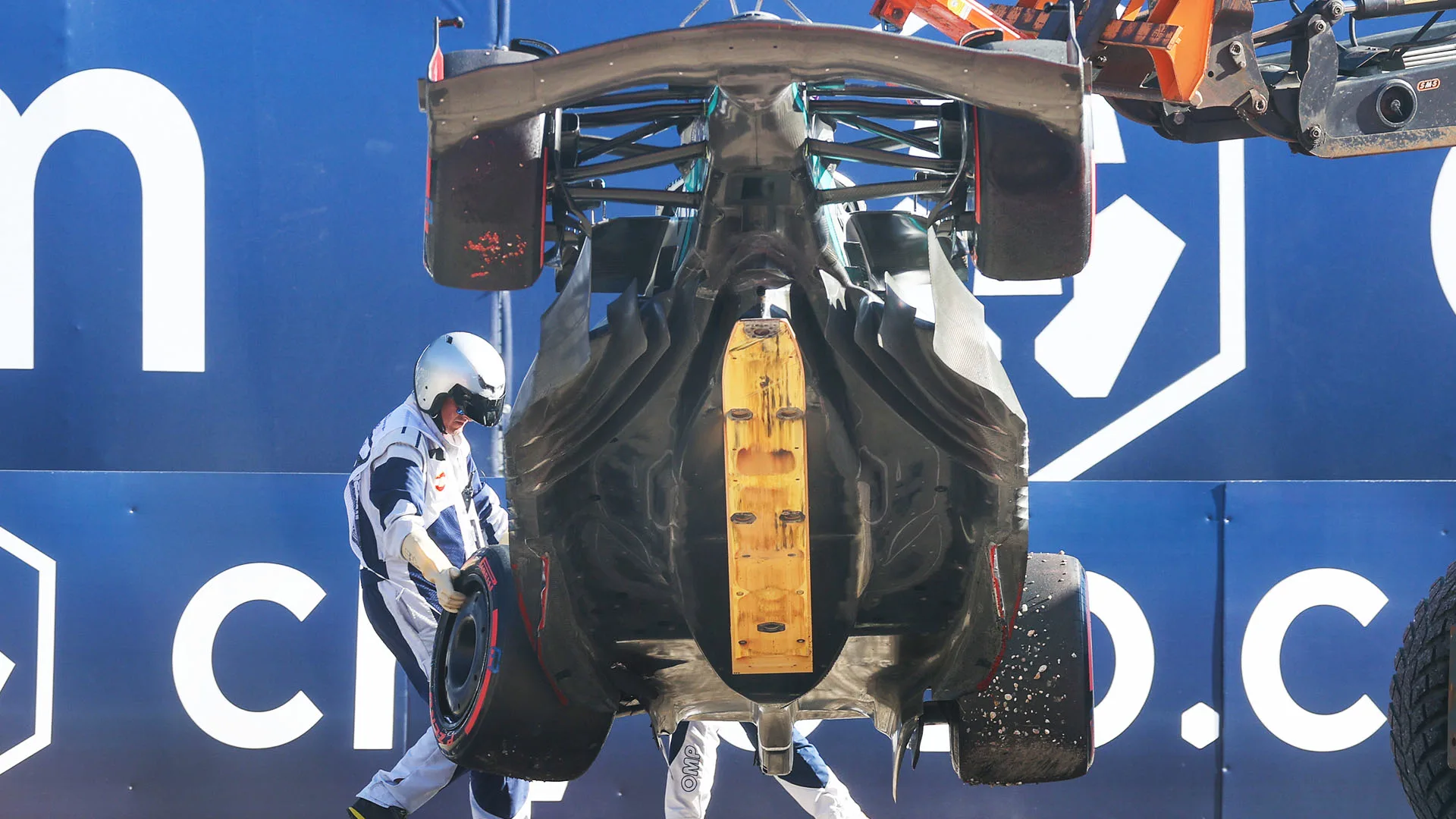
The plank was introduced in 1994 as a way of curtailing development of floors which ran so close to the ground that the airflow there could stall suddenly and dangerously. With the plank defining how far the central part of the floor could run, leaving a space either side of it, that hazard was removed.
WATCH: F1 TV Tech Talk – The FIA's response to porpoising
The stipulation of the plank played its part in aero development subsequently moving away from super-low ride heights. Underfloor downforce was instead generated by running the floor at an angle of rake. Prior to the 2022 aero regulations, when cars ran with greater ride heights, the plank effectively only limited the amount of rake that could be run.
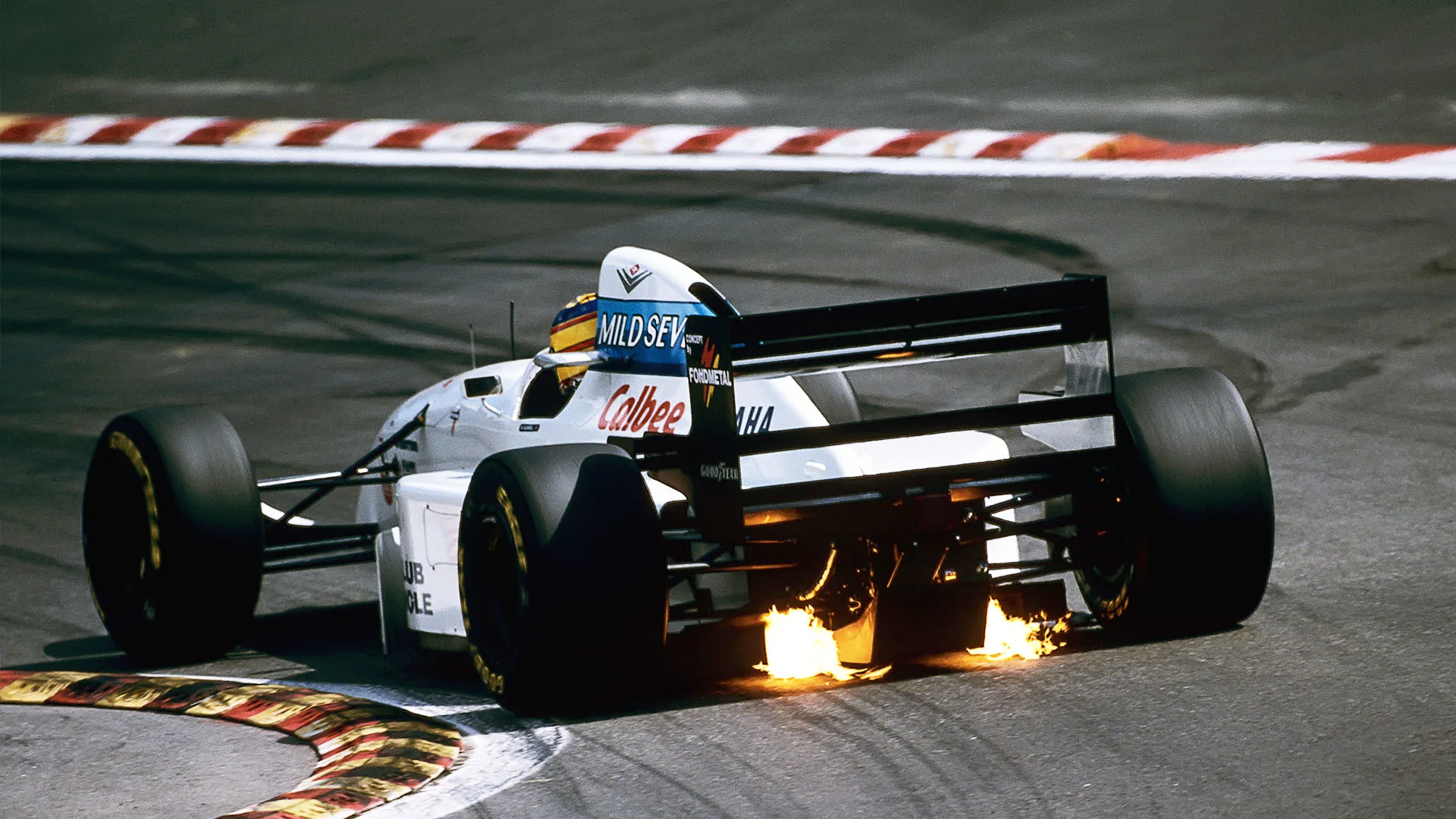
Once beyond a certain degree of rake, the leading edge of the plank would foul the ground. The rest of the plank was essentially just providing protection for the mechanical components above it.
But with the venturi-tunnelled 2022 cars it becomes more advantageous to run the whole length of the floor as close to the ground as possible and hence the whole length of the plank becomes a limitation to that.
Any way of delaying the onset of aerodynamic porpoising by giving the plank a more cushioned effect will allow the car to be run lower and thus generate more downforce. The more cushioned the plank can be towards the back, around where the stall-point of the venturi tunnel is, the greater downforce can be created.
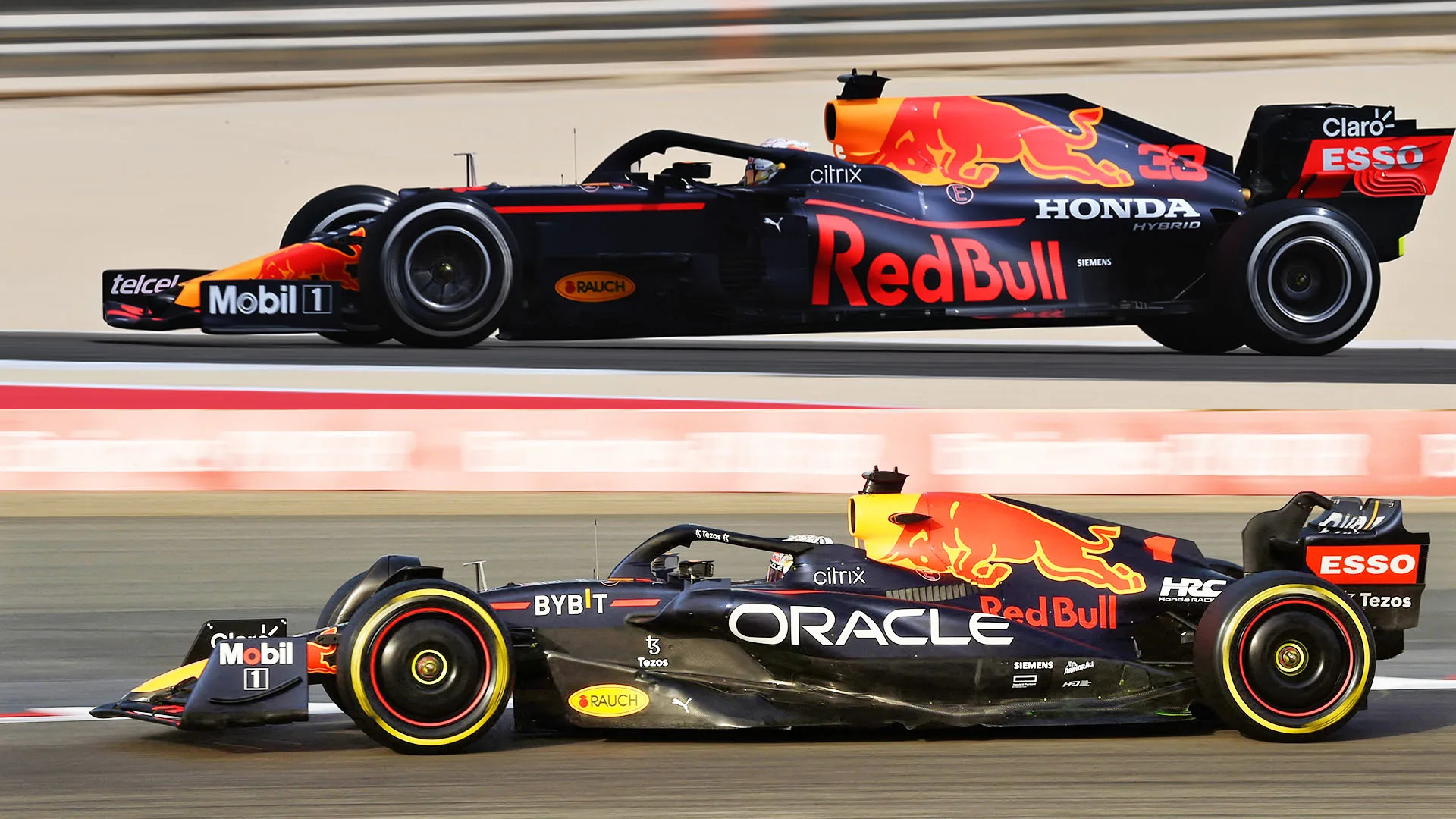
The FIA felt it would have been unfair to stipulate the same limit of vertical accelerations on two types of interpretation of the plank flexibility regulation. As a car bottoms and the plank touches the ground it wears away. There is a limit to how much wear is accepted.
The thickness is measured at the mounting holes and the design of the skid block around that hole can influence what does and does not get worn as the car bottoms. So the FIA has sought to standardise that mounting method.
As ever in F1, the cycle of regulation and interpretation drives the technology forward.
Next Up
Related Articles
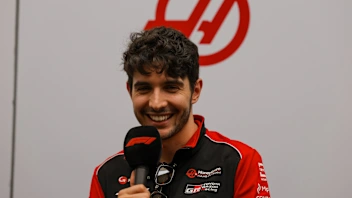 Getting to know the real Esteban Ocon
Getting to know the real Esteban Ocon Brown insists McLaren ‘won’t change the way we race’
Brown insists McLaren ‘won’t change the way we race’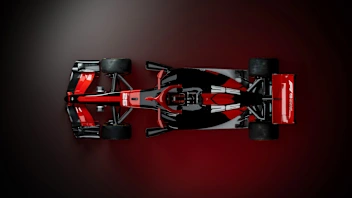 Everything you need to know about F1's new rules for 2026
Everything you need to know about F1's new rules for 2026 Norris collects World Championship trophy at FIA Awards
Norris collects World Championship trophy at FIA Awards Marko ‘believed in me when others didn’t’ – Lindblad
Marko ‘believed in me when others didn’t’ – Lindblad Power RankingsWho did our judges rank as the best F1 driver of 2025?
Power RankingsWho did our judges rank as the best F1 driver of 2025?

